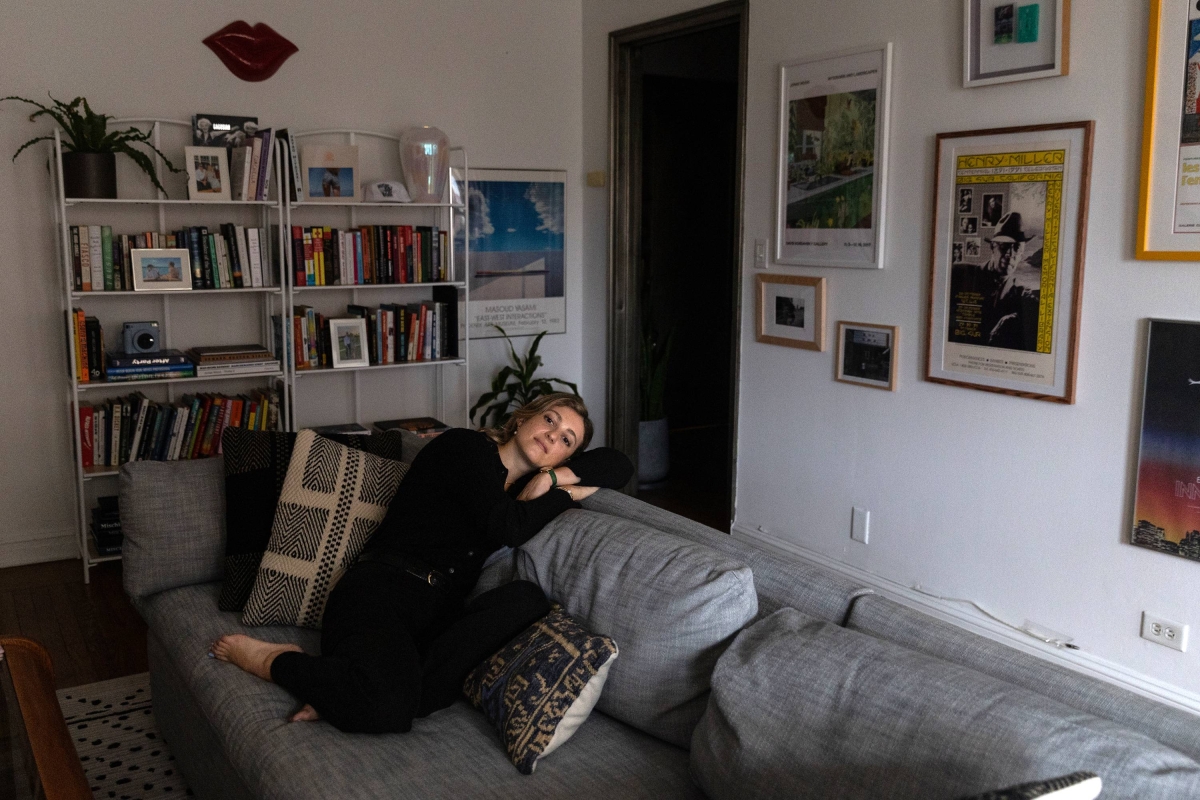Over the last 20 years, Americans have benefitted from enormous advancements in breast cancer therapy; nonetheless, diagnoses are rising, particularly among younger women, according to a study released by the American Cancer Society on Tuesday.
According to a recent analysis, there has been a 44% reduction in breast cancer mortality since the late 1980s. However, since 2012, the annual rate of breast cancer has risen by 1%. The rates have risen more quickly among younger women, rising by almost 1.4% year since 2021.
“That is very alarming because we know that screening only starts at age 40,” said Dr. Sonya Reid, a breast medical oncologist at Vanderbilt University Medical Center, who was not involved with the investigation. “It’s difficult to attribute it to ancestry or genetics alone because it affects people of all racial and ethnic backgrounds.”

The findings did, however, highlight group disparities. Since 2000, the number of Asian American and Pacific Islander women under 50 who have been diagnosed with breast cancer has grown by 50%. Compared to Black, Hispanic, American Indian, and Alaska Native women of the same age, AAPI women under 50 currently have greater breast cancer rates. Breast cancer rates among AAPI women under 50 were the second lowest in 2000.
Although the exact cause of the increase in breast cancer cases among women under 50 is unknown, Reid speculated that modifiable risk factors like environmental exposures from food, air, or water, rising obesity rates, and sedentary lifestyles—the same risk factors linked to higher incidence of colorectal cancer in younger people—are probably to blame.
Dr. Wendy Wilcox, chief women’s health officer at New York City Health + Hospitals, said that it’s probable not just one reason alone is causing the increase in younger breast cancer diagnoses.
“We can speculate about a lot of different reasons why, but we won’t know for sure until it’s studied,” Wilcox stated.
The study also brought to light a glaring racial inequality that has existed for many years: Black women continue to have a higher risk of dying from breast cancer than White women, regardless of the kind of disease.
During a media event on Monday, Dr. William Dahut, chief scientific officer of the American Cancer Society, stated, “To see a 44% decrease in mortality is incredibly gratifying, but these gains have not been seen equally in all populations.”
He pointed out that this was not always the case, with breast cancer death rates being equal for White and Black women in 1970. Black women now have a 5% lower risk of developing breast cancer than White women, but they also have a roughly 40% higher death rate from the illness. Even the most curable forms of breast cancer exhibit this discrepancy, according to research from the American Cancer Society.
Black women are more likely to die from all subtypes of breast cancer, according to Reid. “For a long time, the community had thought the disparity is largely due to the higher rates of triple-negative breast cancer,” Reid said. “We know that if there are disparities in access to these advancements, we will see a widening of these disparities. These advances that we have seen are really due to improvements in therapeutic advances and early detection.”
According to the study, breast cancer is 10% less common among American Indian and Alaska Native women than in white women, but it is also 6% more deadly. Compared to over 70% of white women, just over 50% of these over-40 women had received a mammogram in the previous two years. Additionally, the study discovered that compared to white women, Hispanic women are less likely to get tested.
The study discovered that Black and Hispanic women, Asian American and Pacific Islanders, American Indians and Alaska Natives, and White women are all more likely to have breast cancer earlier in life. Nonetheless, compared to white women, AAPI and Hispanic women had comparable death rates.

According to Wilcox, in order to reduce inequities, the country must increase access to early screening and the most effective cancer therapies. “In our country, health care dollars are not distributed equally among all citizens,” the speaker stated.
Even among individuals who have insurance, coverage varies widely, and factors such as living close to a cancer center and being able to take time off work for care or a mammogram are important in determining access, according to Wilcox. When a person should begin screening for breast cancer will also depend on their genetics, family history, and personal experience.
“Going forward, we really need to make sure that all of our patients have widespread access to effective treatments,” Reid stated. “We have seen that the racial discrepancy gap has not changed, even in the face of increasingly potent medications. Nothing more will work than another medication.





